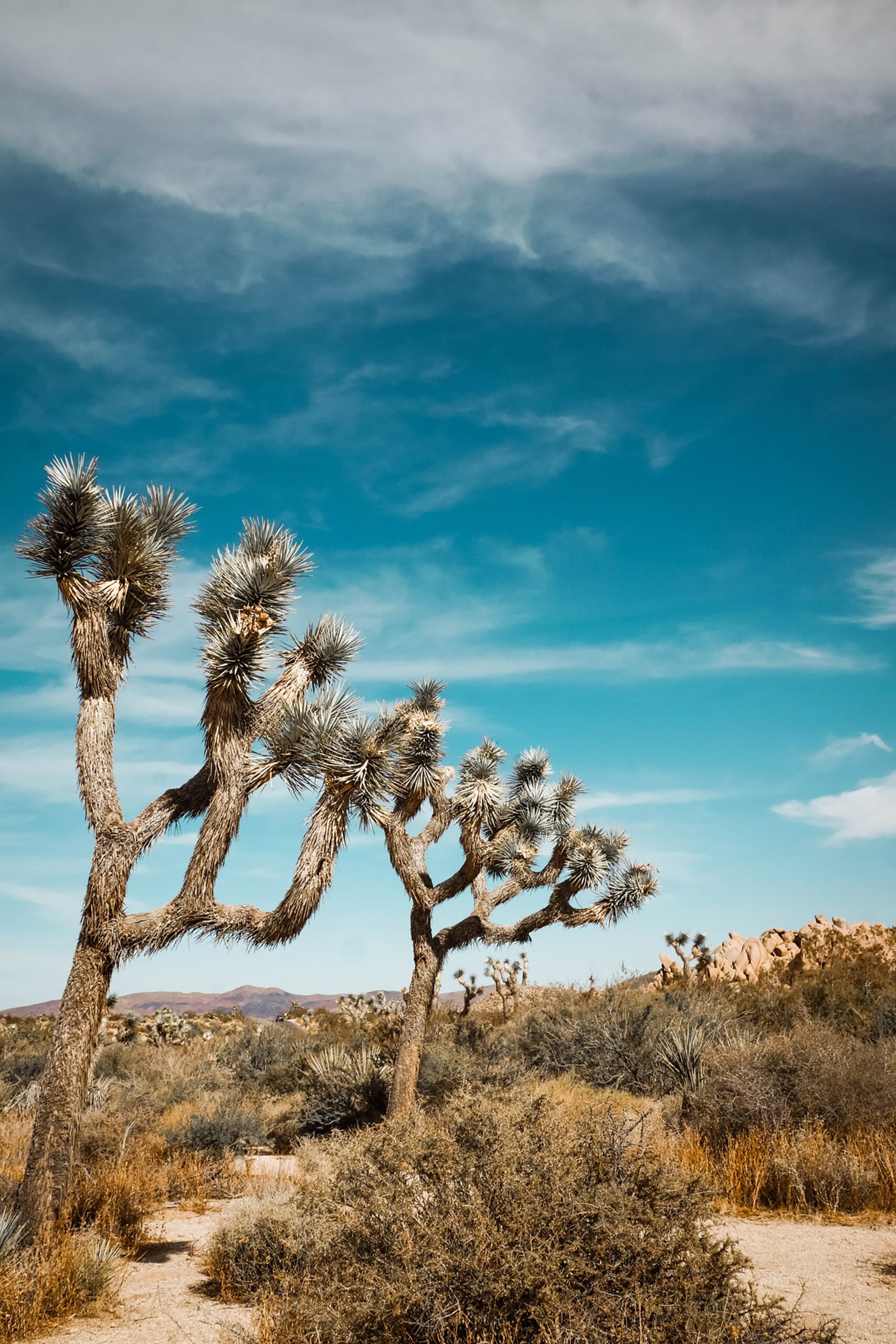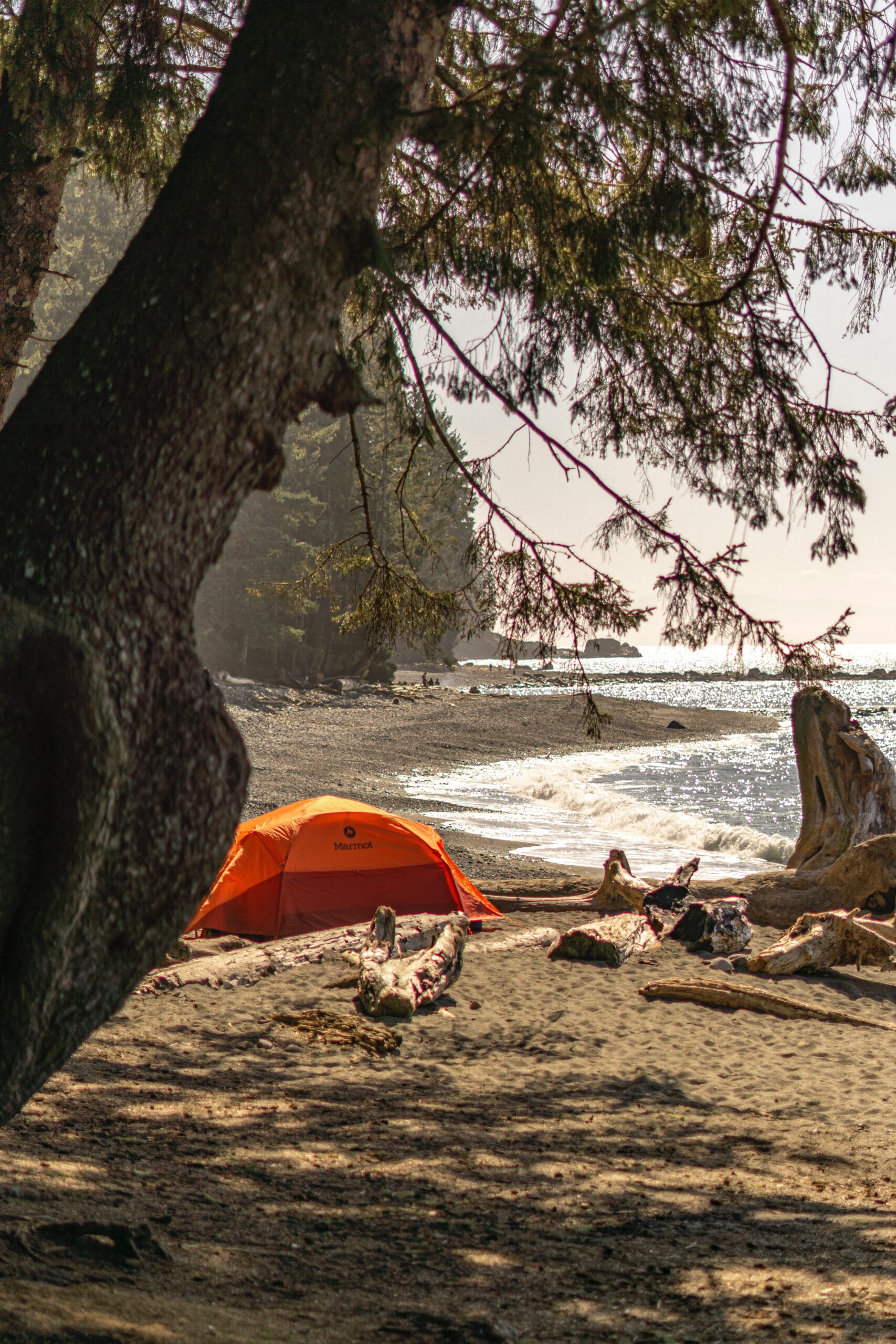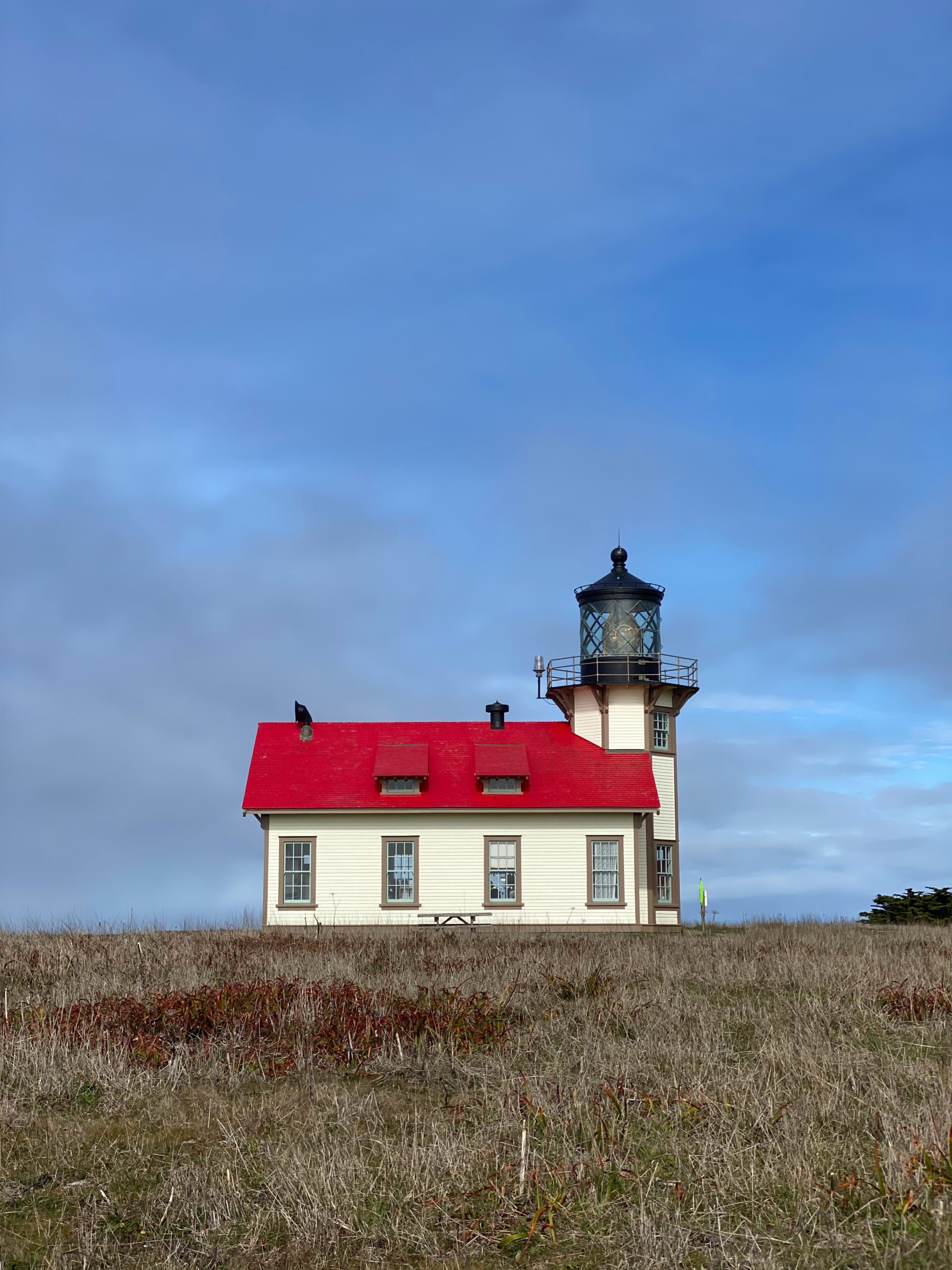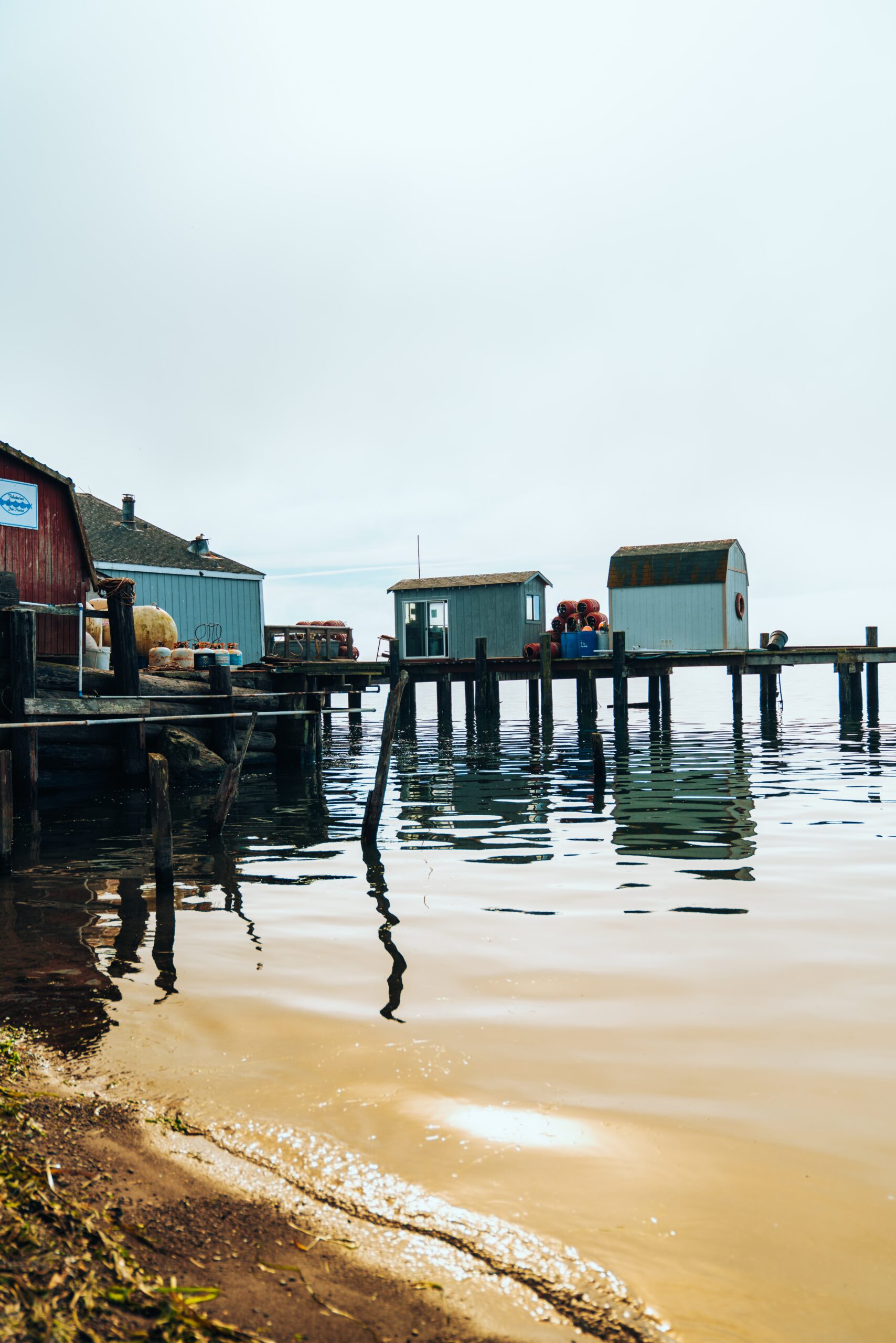Visit Joshua Tree National Park: A Guide to the Best Hikes and Views
If you're looking for a unique desert experience, look no further than Joshua Tree National Park. Located in Southern California, this park is known for its stunning rock formations, diverse wildlife, and otherworldly landscapes. With over 790,000 acres of land to explore, there's no shortage of things to see and do here.
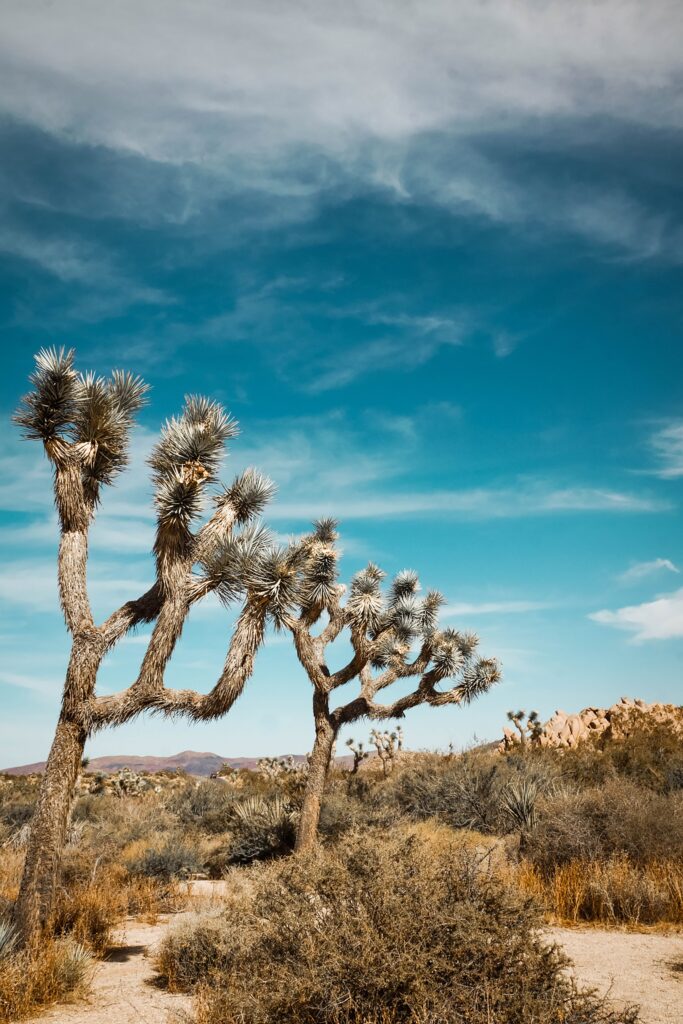
One of the most popular activities in Joshua Tree is hiking. With over 100 miles of hiking trails, you can find a trail that suits your skill level and interests. From easy nature walks to challenging treks up steep rock formations, there's a hike for everyone. Be sure to bring plenty of water and sunscreen, as the desert sun can be intense. And keep an eye out for the park's unique flora and fauna, including Joshua trees, bighorn sheep, and desert tortoises.
In addition to hiking, Joshua Tree is a popular destination for rock climbers. The park's unique rock formations provide a challenging and rewarding experience for climbers of all levels. And if you're not a climber yourself, it's still worth visiting the park to watch climbers in action and take in the stunning views. So pack your bags, bring your sense of adventure, and get ready to explore all that Joshua Tree National Park has to offer!
Visit Joshua Tree National Park: A Guide to the Best Hikes and Views
Planning Your Visit
Planning a trip to Joshua Tree National Park can be a fun and exciting adventure. With its stunning landscapes and unique rock formations, the park attracts millions of visitors each year. To help make your trip a success, we have put together some essential information to keep in mind when planning your visit.
Best Time to Visit
The park is open year-round, but the best time to visit Joshua Tree National Park is during the spring and fall months. During these seasons, the weather is mild, and the park is less crowded. Summers can be scorching hot, while winters can bring cold and snowy conditions. Check the weather forecast and current conditions webpage before your visit to be prepared.
Entrance Fees and Passes
To enter the park, you will need to pay an entrance fee. The fee is $30 per vehicle for a 7-day pass. If you plan to visit multiple national parks, consider purchasing an America the Beautiful Pass. This pass grants access to all national parks and federal recreational lands for a year.
Park Entrances and Getting Around
There are three entrances to the park: the south entrance, the north entrance, and the west entrance. The south entrance is the most popular, and it is located near the town of Joshua Tree. The north entrance is located near the town of Twentynine Palms, and the west entrance is near the town of Yucca Valley.
Once inside the park, you can get around by car or hiking. There are several hiking trails to explore, ranging from easy to difficult. Keep in mind that the park is vast, and it can take up to an hour to drive from one end to the other.
Accommodations and Lodging
If you plan to stay overnight, there are several options for lodging. The park has nine campgrounds, which are available on a first-come, first-served basis. There are also several hotels and motels located near the park. Be sure to make reservations in advance, as lodging can fill up quickly.
What to Bring
When visiting Joshua Tree National Park, it is essential to bring plenty of supplies. Be sure to pack enough water, sunscreen, and snacks for your trip. There are gas stations and grocery stores located near the park, but they can be few and far between. Bring a map or GPS device to help navigate the park.
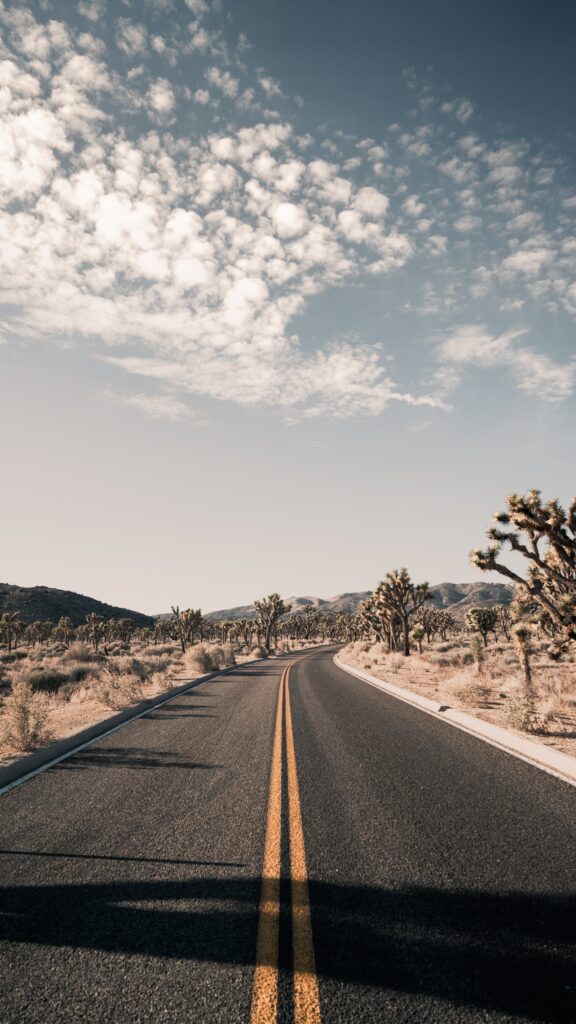
Related Posts:
Natural Features and Ecosystems
Joshua Tree National Park is a unique destination with a diverse range of natural features and ecosystems. The park encompasses three of California's ecoregions: the Mojave Desert, Colorado Desert, and Little San Bernardino Mountains. Here are some of the highlights you can expect to see during your visit.
Flora and Fauna
The park is home to a wide variety of plant and animal species, adapted to the harsh desert environment. The most famous plant species in the park is the Joshua tree (Yucca brevifolia), which can be found throughout the Mojave Desert section of the park. Other notable plant species include wildflowers, cacti, and creosote bushes.
In terms of wildlife, the park is home to bighorn sheep, coyotes, bobcats, and many species of reptiles and birds. Keep an eye out for the park's resident roadrunners, who are known for their distinctive appearance and fast running speed.
Geological Formations
The park's unique geology is a result of plate tectonics, volcanism, mountain-building, and erosion. The result is a landscape of rugged rock formations, canyons, and valleys that are unlike anything else on earth.
Some of the most famous rock formations in the park include Skull Rock, Arch Rock, and Split Rock. These formations are popular with hikers and climbers, and offer stunning views of the surrounding desert landscape.
Desert Landscapes
The park's two desert ecosystems, the Mojave and Colorado, come together to create a diverse and fascinating landscape. The Mojave Desert is characterized by its high elevation and cooler temperatures, while the Colorado Desert is lower and hotter.
Visitors can expect to see a variety of desert landscapes during their visit, from sand dunes to rocky outcroppings to dry washes. Be sure to bring plenty of water and sunscreen, as the desert can be harsh and unforgiving.
Overall, Joshua Tree National Park is a must-visit destination for anyone interested in the natural world. With its unique flora and fauna, stunning geological formations, and diverse desert landscapes, there is something for everyone to enjoy.
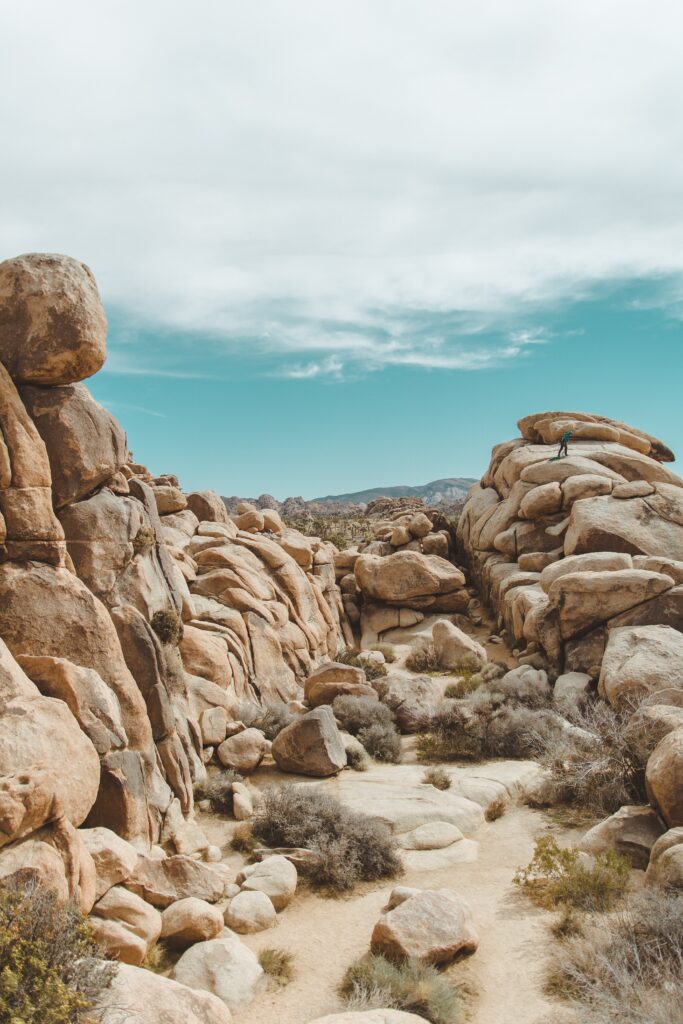
Activities and Adventures
When it comes to activities and adventures, Joshua Tree National Park has something for everyone. Whether you're a nature enthusiast, an adventure seeker, or a stargazer, you'll find plenty of exciting things to do here.
Hiking and Nature Trails
One of the best ways to experience the park's natural beauty is by hiking its many trails. With over 100 miles of hiking trails, there's a trail for every skill level. From easy walks to challenging hikes, you'll find something that suits your needs.
Some of the most popular hiking trails in the park include the Arch Rock Trail, Lost Palms Oasis Trail, and Ryan Mountain Trail. Each trail offers unique views of the park's stunning landscapes, from towering boulders to lush oases.
Rock Climbing and Bouldering
Joshua Tree National Park is a world-renowned destination for rock climbers and boulderers. With over 8,000 climbing routes and countless boulders, the park offers endless opportunities for adventure.
Whether you're a seasoned climber or a beginner, you'll find plenty of challenges here. Some of the most popular climbing routes in the park include the Hemingway Buttress, Intersection Rock, and The Blob. And if bouldering is more your style, you'll find plenty of boulders to conquer throughout the park.
Stargazing and Photography
As an International Dark Sky Park, Joshua Tree National Park offers some of the best stargazing in the world. With little light pollution, the park's skies are incredibly dark and clear, making it the perfect place to view the stars.
Whether you're an amateur astronomer or just love to gaze at the stars, you'll be amazed by what you see here. The Milky Way is visible on most clear nights, and you'll also have the chance to see shooting stars and other celestial phenomena.
And if photography is your passion, you'll find plenty of opportunities to capture stunning images of the park's landscapes and night skies. From the towering boulders to the colorful sunsets, there's no shortage of photo-worthy moments here.
In conclusion, Joshua Tree National Park is an adventure seeker's paradise. With a wide range of activities and adventures to choose from, you'll never run out of things to do here. So grab your hiking boots, your climbing gear, or your camera, and get ready for an unforgettable experience.
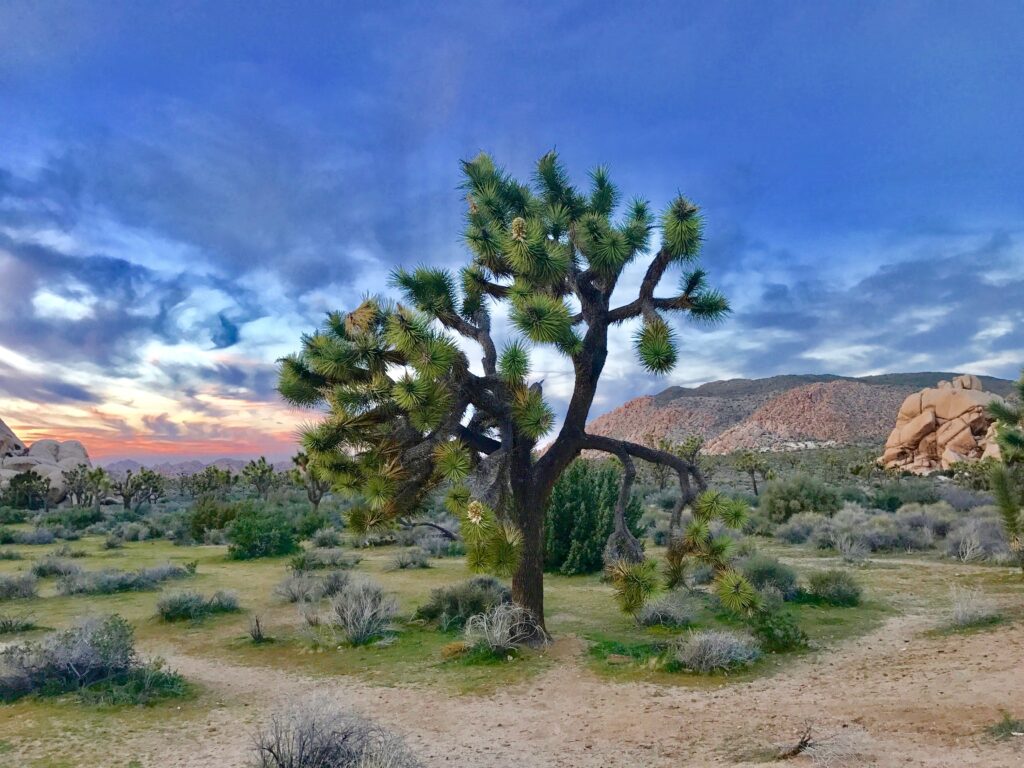
Park Facilities and Visitor Information
When planning your visit to Joshua Tree National Park, it's important to be aware of the park facilities and visitor information available to you. This section will provide you with an overview of the park's visitor centers and services, camping and campgrounds, as well as safety and regulations.
Visitor Centers and Services
There are several visitor centers located throughout Joshua Tree National Park, including the Cottonwood Visitor Center, the Oasis Visitor Center, and the Joshua Tree Visitor Center. These centers offer a range of services, including park maps, information on hiking trails and ranger-led programs, and educational exhibits. Additionally, visitors can purchase park passes and souvenirs at these locations.
Camping and Campgrounds
Joshua Tree National Park offers a variety of camping options, including nine campgrounds that are open year-round. These campgrounds include Black Rock, Cottonwood, Indian Cove, and Jumbo Rocks, among others. Each campground has its own unique features and amenities, so it's important to research which one best suits your needs.
It's important to note that camping in Joshua Tree National Park is extremely popular, and campsites can fill up quickly, especially during peak season. Reservations are recommended, and can be made up to six months in advance.
Safety and Regulations
When visiting Joshua Tree National Park, it's important to be aware of the park's safety and regulations. The park is home to a variety of wildlife, including snakes, scorpions, and coyotes, so visitors should take precautions when hiking and camping. Additionally, visitors should be aware of the park's regulations regarding fires, pets, and off-road vehicles.
Visitors should also be aware of the park's wilderness areas, which are designated for backcountry camping and hiking. These areas require a permit, which can be obtained at one of the park's visitor centers.
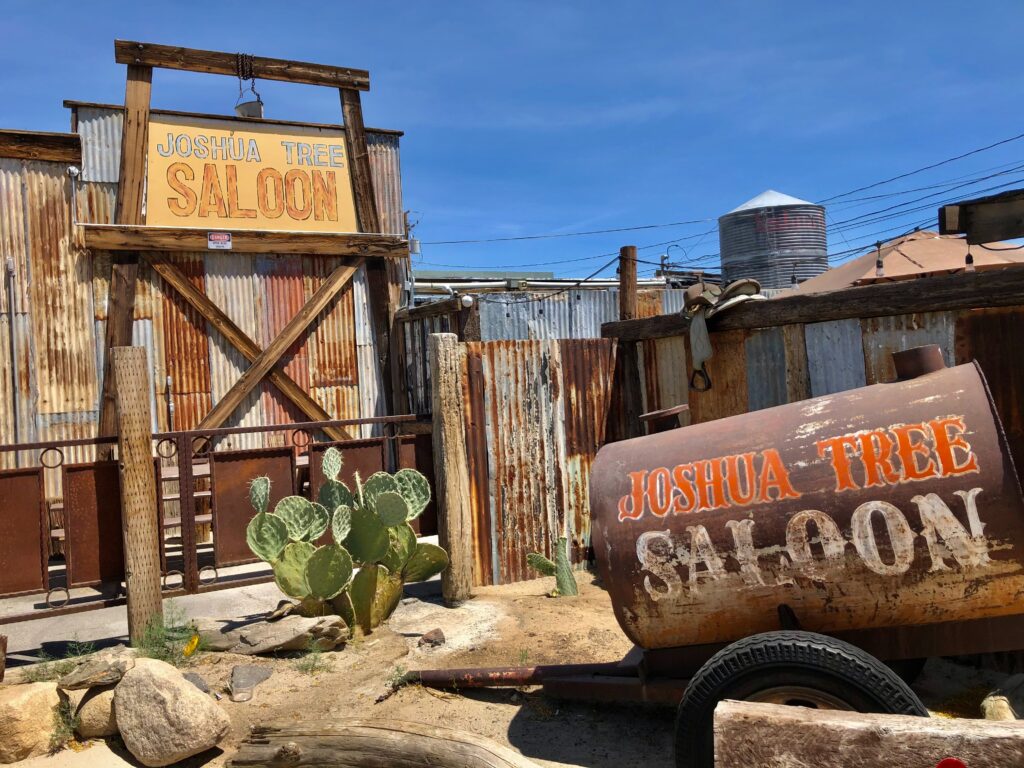
Related Posts:
Local Attractions and Surrounding Areas
If you're planning a visit to Joshua Tree National Park, you'll be pleased to know that there are plenty of local attractions and surrounding areas to explore. Here are some of the highlights:
Nearby Towns and Services
The town of Twentynine Palms is located just outside the north entrance of the park. Here, you'll find a variety of services, including restaurants, gas stations, and lodging options. If you're looking for a larger city, Palm Springs is located about an hour's drive from the park, and Los Angeles is about two and a half hours away.
Cultural and Historical Sites
If you're interested in the cultural history of the area, be sure to visit the Coachella Valley Preserve, which is home to several Native American sites. You can also take a tour of the San Andreas Fault, which is located just a short drive from the park. For a glimpse into the area's more recent history, visit the Twentynine Palms Historical Society Museum.
Natural Points of Interest
No visit to Joshua Tree National Park would be complete without a visit to some of its natural points of interest. Be sure to check out Skull Rock, which is located near the Jumbo Rocks campground. From Keys View, you can enjoy panoramic views of the Coachella Valley, San Jacinto, and the San Andreas Fault. The Cholla Cactus Garden is another must-see attraction, as is the Arch Rock formation. If you're up for a scenic drive, take a trip down Pinto Basin Road for some breathtaking views of the park.
Overall, there's no shortage of things to see and do in and around Joshua Tree National Park. Whether you're interested in sightseeing, cultural history, or just enjoying the natural beauty of the area, you're sure to find plenty to keep you busy.
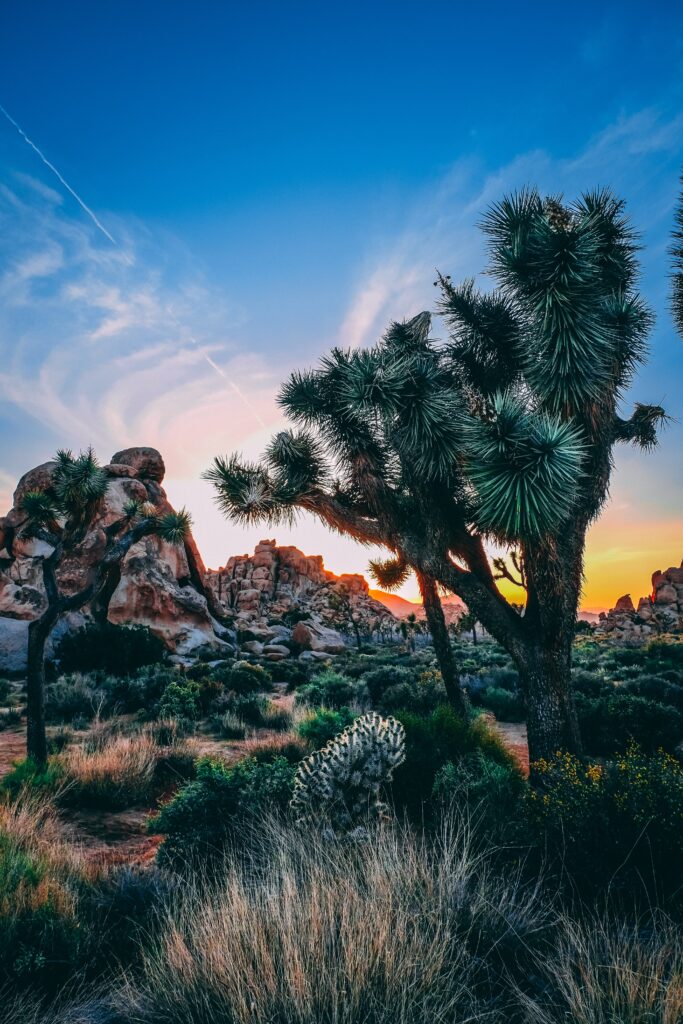
Tips and Recommendations
Travel Tips and Etiquette
When visiting Joshua Tree National Park, it's important to be mindful of the park's rules and regulations. Keep in mind the following tips to make the most of your visit:
- Pets are allowed in the park, but they must be kept on a leash at all times and are not allowed on trails or in buildings.
- Be prepared for extreme heat during the summer months. Bring plenty of water, sunscreen, and a hat to protect yourself from the sun.
- Cell phone reception can be spotty in the park, so plan accordingly and let someone know your itinerary before you go.
- Pack out all trash and leave the park cleaner than you found it. The park has a “pack it in, pack it out” policy.
- Be respectful of other visitors and keep noise levels down. Quiet hours are from 10pm to 6am.
- Drones are not allowed in the park without a permit.
- Follow posted speed limits and be aware of wildlife on the roads.
- Check for alerts and closures before you go, especially during the winter months when snow and ice can make some roads and trails impassable.
Dining and Shopping
There are no restaurants or stores within Joshua Tree National Park, so it's a good idea to bring your own food and supplies. However, there are several options just outside the park's boundaries in the nearby towns of Joshua Tree and Twentynine Palms. Some popular dining options include:
- Crossroads Cafe: A local favorite for breakfast, lunch, and dinner. They serve American comfort food with a Southwestern twist.
- Natural Sisters Cafe: A vegetarian and vegan cafe with a focus on healthy, organic ingredients.
- Pie for the People: A pizza joint with a fun atmosphere and creative toppings.
Events and Seasonal Activities
Joshua Tree National Park offers a variety of events and activities throughout the year. Here are a few highlights:
- Springtime is a popular time to visit the park when wildflowers are in bloom. Check the park's website for updates on wildflower blooms and guided hikes.
- Holidays like Thanksgiving and Christmas can be a great time to visit the park if you're looking for a quieter experience. The park is open year-round, but some facilities may be closed on holidays.
- Music lovers should check out the Joshua Tree Music Festival, which takes place twice a year in May and October. The festival features a diverse lineup of musicians and a family-friendly atmosphere.
- Stargazing is a popular activity in the park, which has some of the darkest skies in Southern California. The park offers regular ranger-led stargazing programs, or you can bring your own telescope and explore on your own. Be sure to check the park's website for updates on air quality and visibility.
Frequently Asked Questions
What activities can you do in Joshua Tree National Park?
Joshua Tree National Park offers a variety of activities for visitors to enjoy. You can go hiking, rock climbing, stargazing, bird watching, and attend ranger-led programs. The park is also a great place for photography and nature observation.
How much does it cost to enter Joshua Tree National Park?
The entrance fee to Joshua Tree National Park varies depending on the type of vehicle you have and the duration of your stay. The fee for a single vehicle is $35 for a seven-day pass, while a motorcycle pass costs $30. If you plan to visit the park multiple times throughout the year, you might want to consider purchasing an annual pass for $70.
Where is the best place to stay when visiting Joshua Tree National Park?
There are several options for lodging when visiting Joshua Tree National Park. You can stay in one of the park's nine campgrounds, which offer both tent and RV camping. If you prefer more comfortable accommodations, there are many hotels and vacation rentals in nearby towns such as Joshua Tree, Twentynine Palms, and Palm Springs.
What are the directions to Joshua Tree National Park?
Joshua Tree National Park is located in southeastern California, about 140 miles east of Los Angeles and 175 miles northeast of San Diego. The park has three entrances: the West Entrance in Joshua Tree, the North Entrance in Twentynine Palms, and the South Entrance in Cottonwood. You can access the park using Interstate 10 or State Route 62.
What are the camping options available in Joshua Tree National Park?
There are nine campgrounds in Joshua Tree National Park, each with its unique features. Some campgrounds offer flush toilets and potable water, while others have vault toilets and no water. Most campgrounds are first-come, first-served, but some can be reserved in advance. If you plan to camp during the busy season, it's a good idea to arrive early in the day to secure a spot.
How long should I plan to stay when visiting Joshua Tree National Park?
The duration of your stay in Joshua Tree National Park depends on your interests and the activities you plan to do. If you want to explore the park's hiking trails and rock formations, you might want to plan for at least two to three days. If you're interested in stargazing or attending ranger-led programs, you might want to stay longer. Keep in mind that the park is vast, and there's a lot to see and do, so plan accordingly.

